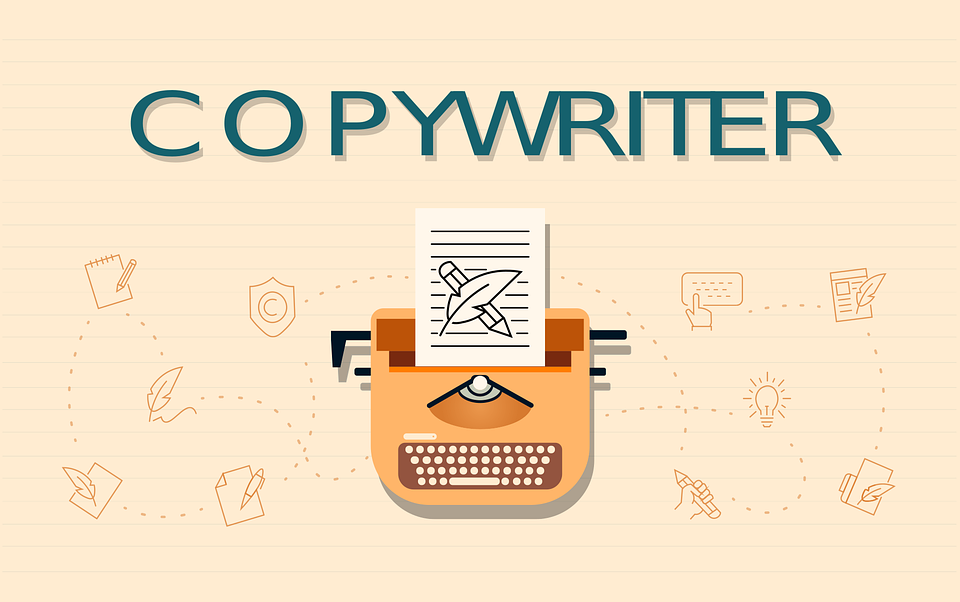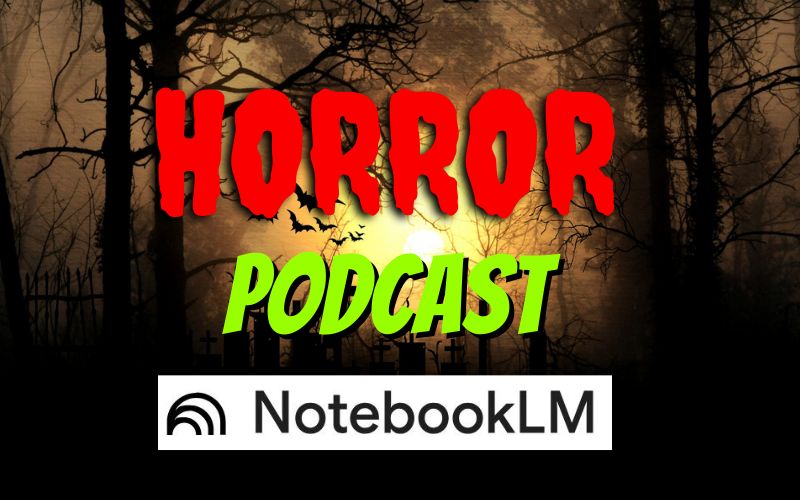We explore the art and science of creating convincing and captivating material that motivates action in this comprehensive guide to copywriting. In the current digital era, where attention spans are short and there is great competition for engagement, copywriting is a skill that has tremendous power.
We will examine the foundations of copywriting, learn how to captivate your audience, and offer helpful advice to help you master the art in this extensive tutorial. This manual is your key to releasing the power of words, whether you’re an aspiring copywriter or a business owner trying to improve your marketing efforts.
Table of Contents
ToggleCopywriting: Shaping Persuasive Narratives
What is Copywriting
Copywriting is the strategic process of writing persuasive and influential content that motivates readers to take a desired action. It involves crafting compelling narratives that captivate the audience, evoke emotions, and ultimately drive conversions. Effective copywriting goes beyond merely conveying information; it aims to create a connection between the brand and the target audience, inspiring trust, credibility, and loyalty.
The Role of Copywriting in Marketing
Copywriting plays a pivotal role in marketing by acting as the bridge between a brand and its customers. It helps businesses communicate their unique selling propositions, build brand awareness, and persuade consumers to engage with their products or services. Well-crafted copy has the potential to shape perceptions, influence decision-making, and generate leads, making it an indispensable tool in the modern marketing arsenal.
The Power of Words
Words possess a remarkable ability to inspire, motivate, and persuade. They have the power to evoke emotions, trigger memories, and shape perceptions. Effective copywriting harnesses this power by carefully selecting and arranging words to create impactful messages. By understanding the psychology of language and employing persuasive techniques, copywriters can influence reader behavior and drive desired outcomes.
The Copywriting Process: Crafting Compelling Content
Researching Your Audience
To write persuasive copy, you must first understand your audience intimately. Thorough research allows you to identify their needs, desires, pain points, and motivations. By knowing your target demographic, you can tailor your message to resonate with them on a deeper level and address their specific concerns effectively.
Creating a Captivating Headline
Your headline is the first point of contact with your audience, and it needs to grab their attention instantly. A captivating headline should be concise, compelling, and promise a clear benefit. Use power words, create curiosity, or evoke emotions to entice readers and encourage them to continue reading.
Developing a Strong Value Proposition
A value proposition is a concise statement that communicates the unique value your product or service offers. It answers the question, “Why should the customer choose you?” Craft a compelling value proposition that highlights the benefits, solves a problem, and sets you apart from the competition. Make it clear, specific, and impactful.

Telling a Compelling Story
Storytelling is a powerful technique that engages and captivates readers. By weaving a narrative that resonates with your audience, you can create a deeper connection and foster emotional engagement. Craft a compelling story that aligns with your brand and showcases the transformational impact of your product or service.
Applying Persuasive Techniques
Copywriting is all about persuasion, and employing persuasive techniques can significantly enhance the effectiveness of your message. Techniques such as social proof, scarcity, urgency, and fear of missing out (FOMO) can create a sense of importance, credibility, and urgency, prompting readers to take immediate action.
Crafting Compelling Call-to-Actions
A call-to-action (CTA) is a crucial element in copywriting that directs the reader towards the desired action. Whether it’s making a purchase, signing up for a newsletter, or contacting your business, a compelling CTA motivates readers to take that next step. Use clear and action-oriented language, create a sense of urgency, and highlight the benefits to encourage conversions.
Engaging with Emotional Appeals
Emotions are a powerful driving force in decision-making. By appealing to your audience’s emotions, you can establish a deeper connection and elicit the desired response. Whether it’s joy, fear, empathy, or nostalgia, understanding the emotional triggers of your target audience allows you to create copy that resonates and compels action.
Optimizing for SEO
In today’s digital landscape, copywriting and search engine optimization (SEO) go hand in hand. By incorporating relevant keywords, optimizing meta tags, and structuring your content effectively, you can improve your website’s visibility in search engine rankings. Remember to write for humans first and search engines second, as quality and relevance are paramount for both readers and search algorithms.
The Importance of Proofreading and Editing
To maintain professionalism and credibility, it is essential to meticulously proofread and edit your copy. Typos, grammatical errors, and inconsistencies can detract from your message and create a negative impression. Take the time to review your content, ensure clarity and coherence, and consider seeking feedback from others to catch any potential issues.
Copywriting for Different Platforms
Copywriting techniques can vary depending on the platform or medium used. Whether you’re writing website copy, social media posts, email campaigns, or print materials, it’s crucial to adapt your writing style to suit the specific requirements and constraints of each platform. Tailor your message, tone, and formatting to maximize engagement and impact across different channels.
Wrapping up
Copywriting is an essential skill for anyone involved in marketing, advertising, or content creation. By understanding the art of persuasive writing and employing effective copywriting techniques, you can captivate your audience, drive engagement, and ultimately achieve your business goals.
Remember to research your audience, craft compelling narratives, and optimize your copy for search engines. With practice and continuous learning, you can unlock the power of words and harness their ability to inspire, persuade, and connect.
Now that you have a comprehensive understanding of copywriting, it’s time to put your knowledge into action. Start by analyzing your current copy and identify areas for improvement. Experiment with different techniques and approaches, and monitor the impact on your audience and conversions. Remember, copywriting is an ongoing process of refinement and adaptation, so embrace the journey of continuous improvement.
Now that you know how to do copywriting, you can start earning and making a living from a copywriting job. Here you can find daily copywriting jobs that you can apply for with no experience or degree.
Frequently Asked Questions (FAQs)
Q: What skills do I need to become an effective copywriter?
A: Effective copywriting requires a combination of creativity, excellent writing skills, marketing acumen, and the ability to understand and connect with the target audience. It also involves continuous learning and staying updated on industry trends and best practices.
Q: How long does it take to become a proficient copywriter?
A: The timeline to become a proficient copywriter varies for each individual. It depends on factors such as prior writing experience, dedication to learning and practicing, and the resources available for skill development. With consistent effort, it is possible to acquire a good level of proficiency within a few months to a year.
Q: Can I learn copywriting online?
A: Yes, absolutely! There are numerous online resources, courses, and tutorials available that can help you learn copywriting from the comfort of your own home. These resources provide valuable insights, practical exercises, and real-world examples to hone your copywriting skills.
Q: How can I measure the effectiveness of my copy?
A: There are various metrics and analytics tools available to measure the effectiveness of your copy. Key performance indicators (KPIs) such as click-through rates, conversion rates, engagement metrics, and customer feedback can provide insights into the impact of your copy and guide further improvements.
Q: What are some common mistakes to avoid in copywriting?
A: Some common mistakes in copywriting include being overly promotional, neglecting to understand the target audience, using jargon or complex language, and failing to focus on the benefits and solutions your product or service offers. It’s crucial to keep the copy concise, clear, and customer-centric.
Q: Can copywriting be outsourced?
A: Yes, many businesses outsource their copywriting needs to professional copywriters or copywriting agencies. Outsourcing copywriting can be beneficial as it allows you to leverage the expertise and experience of professionals who specialize in creating persuasive and impactful content. It also frees up your time to focus on other aspects of your business.










